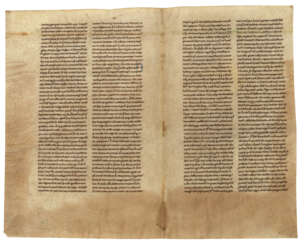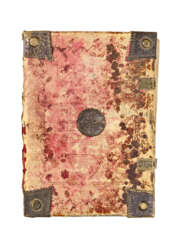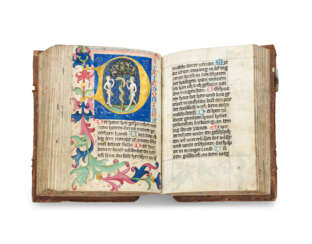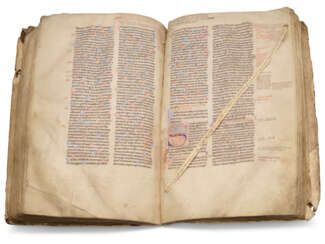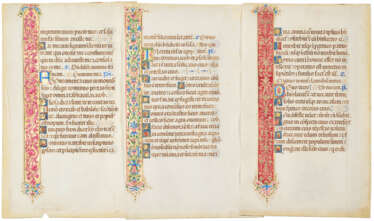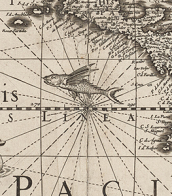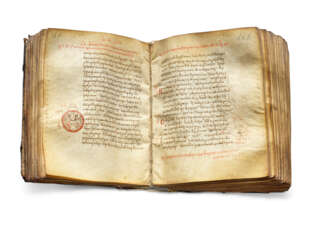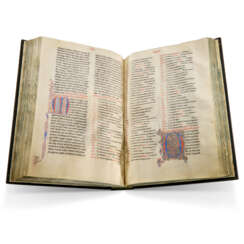medieval & renaissance manuscripts
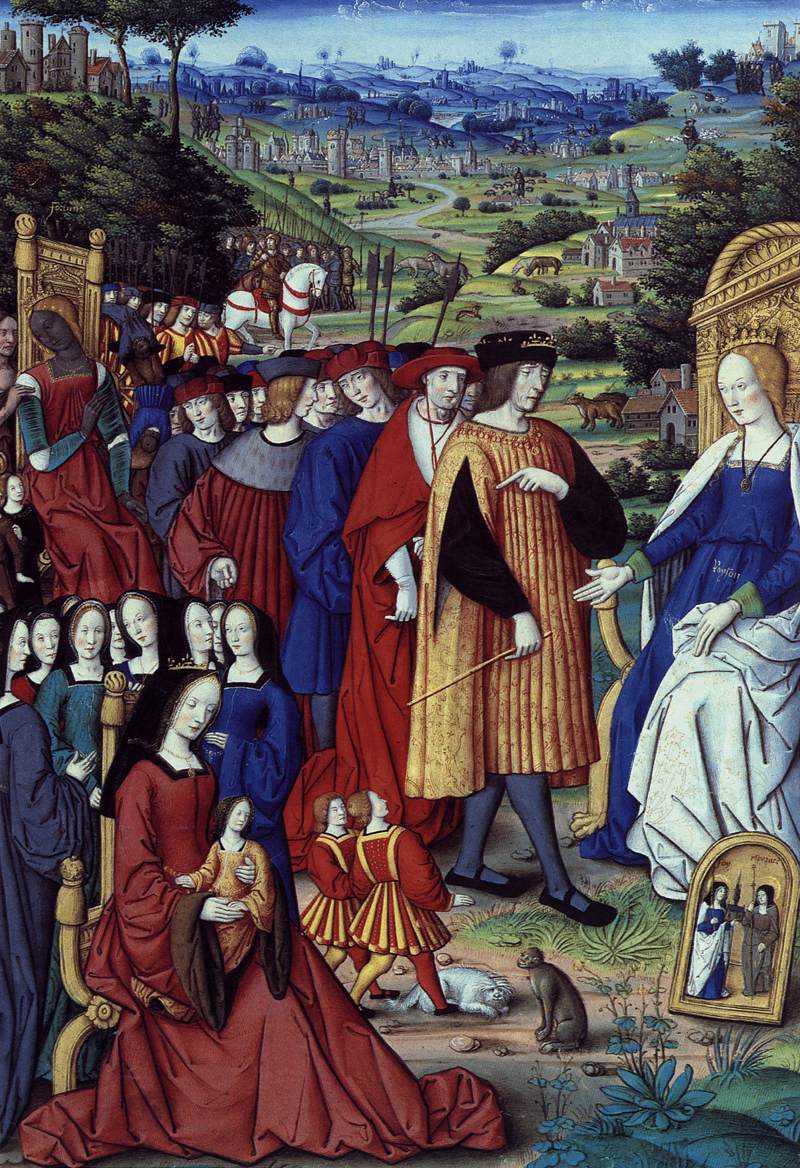
Jean Pichore was a French painter, illustrator, and miniaturist.
He was one of the most famous and prolific illuminators in the production of horologers in Paris at the beginning of the 16th century. Between 1490 and 1521, he was head of a rather large workshop which carried out many orders, while he himself produced only selected works. Jean Pichore worked in many fields, including altarpiece painting, stained glass windows, tapestry designs and illuminated manuscripts.
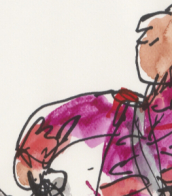
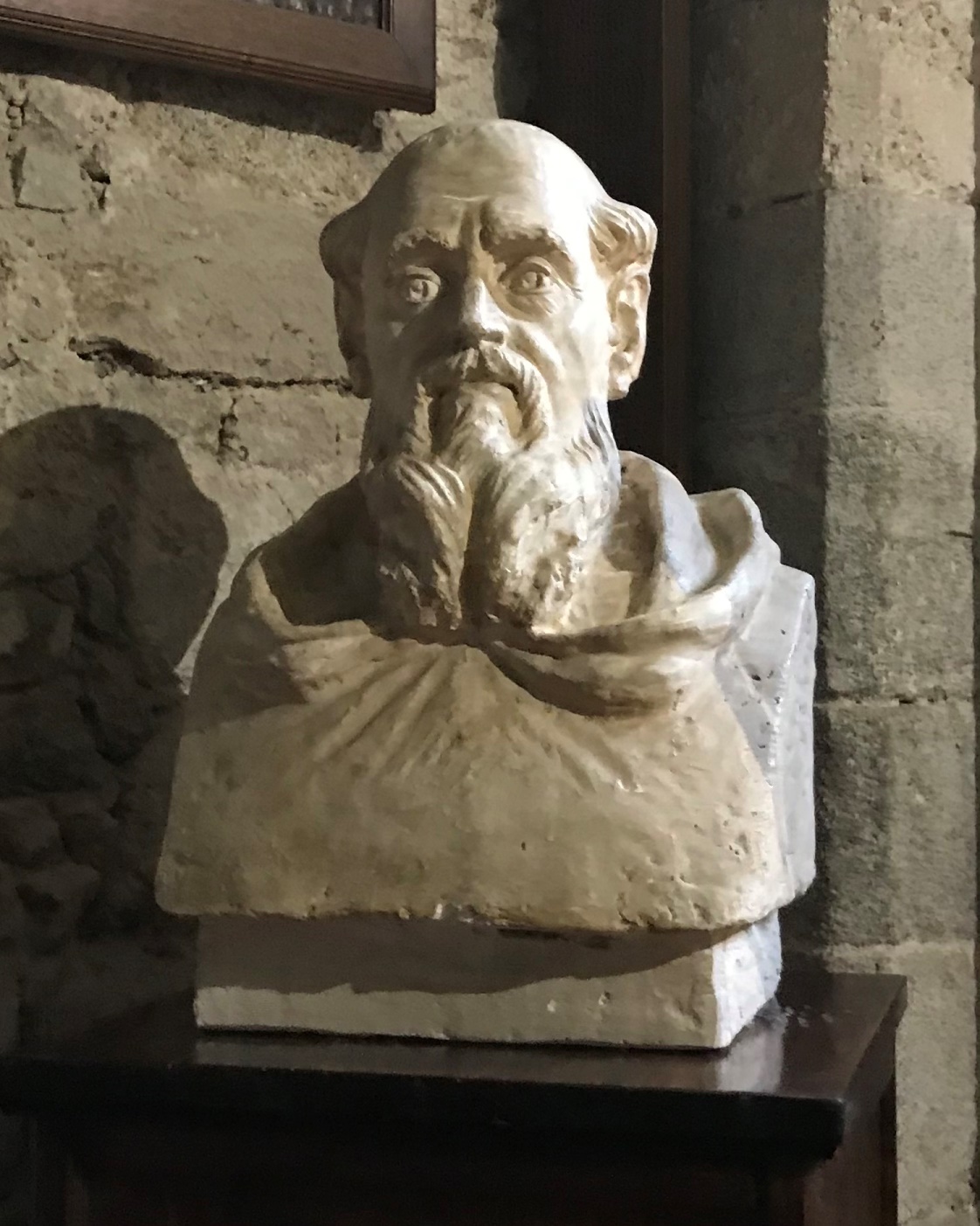
Joachim of Fiore, also known as Joachim de Fiore, and Gioacchino da Fiore, was an Italian mystic, theologian and philosopher of history, a great medieval thinker with a beautiful symbolic imagination.
Fiore was a prolific writer and explored the hidden meaning of the life of the apostles and the scriptures. At the end of the twelfth century Joachim had a high international reputation.
After a pilgrimage to the Holy Land, he became a Cistercian monk and by 1177 had become abbot at Corazzo, Sicily. He retired to the mountains to lead a contemplative life, and in 1196 he founded the Order of San Giovanni in Fiore. In his Book of the Harmony of the New and Old Testaments, Fiore set forth a theory of history and traced correspondences in the Old and New Testaments. In "An Exposition of the Apocalypse" he explored the symbols of the Antichrist, and in "The Ten-String Psalter" he set forth his doctrine of the Holy Trinity. A man of vivid imagination, he was proclaimed a prophet and condemned as a heretic.
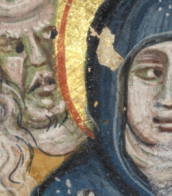

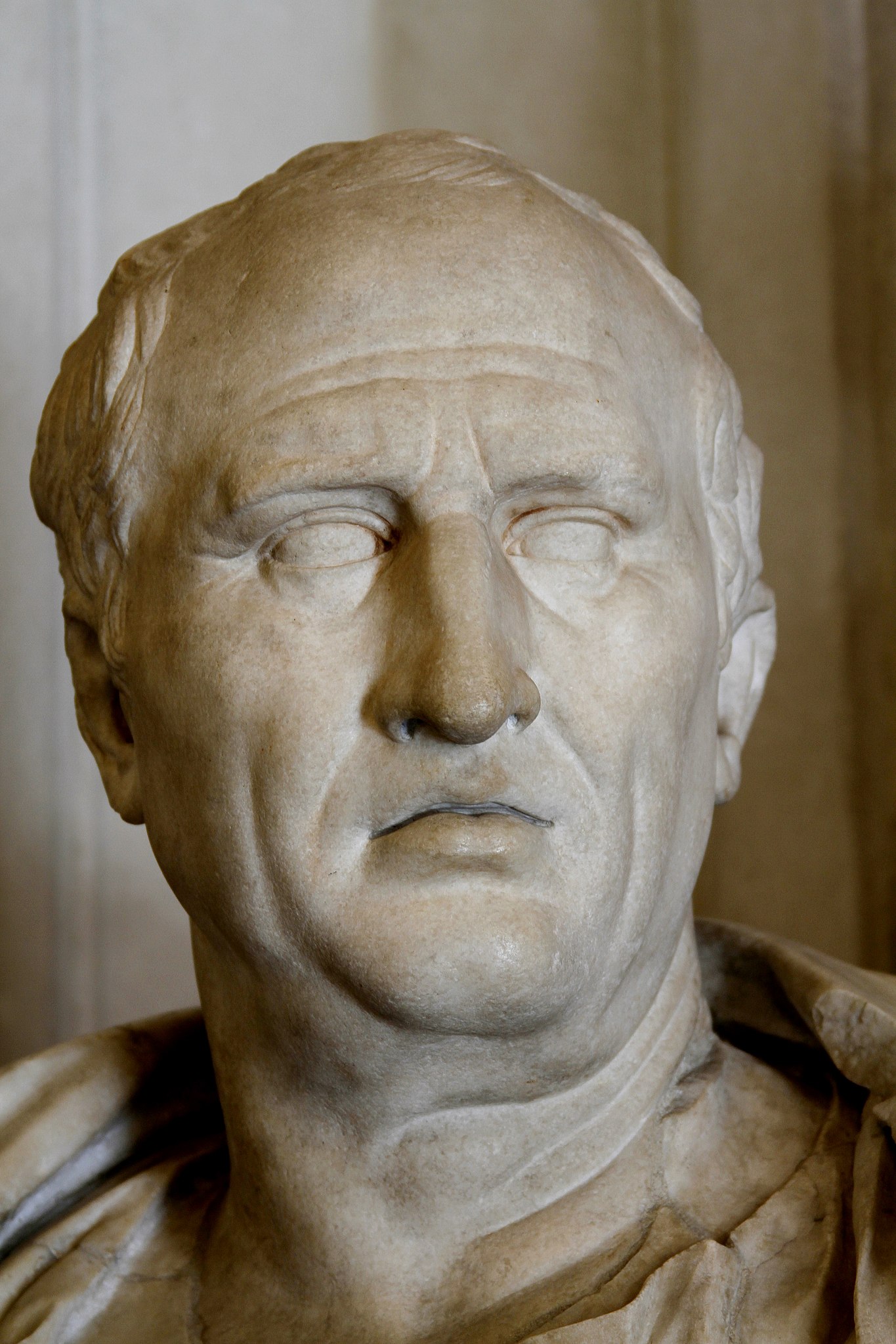
Marcus Tullius Cicero was a Roman statesman, lawyer, scholar, philosopher, and academic skeptic, who tried to uphold optimate principles during the political crises that led to the establishment of the Roman Empire. His extensive writings include treatises on rhetoric, philosophy and politics. He is considered one of Rome's greatest orators and prose stylists. He came from a wealthy municipal family of the Roman equestrian order, and served as consul in 63 BC.
His influence on the Latin language was immense. He wrote more than three-quarters of extant Latin literature that is known to have existed in his lifetime, and it has been said that subsequent prose was either a reaction against or a return to his style, not only in Latin but in European languages up to the 19th century. Cicero introduced into Latin the arguments of the chief schools of Hellenistic philosophy and created a Latin philosophical vocabulary with neologisms such as evidentia, humanitas, qualitas, quantitas, and essentia, distinguishing himself as a translator and philosopher.

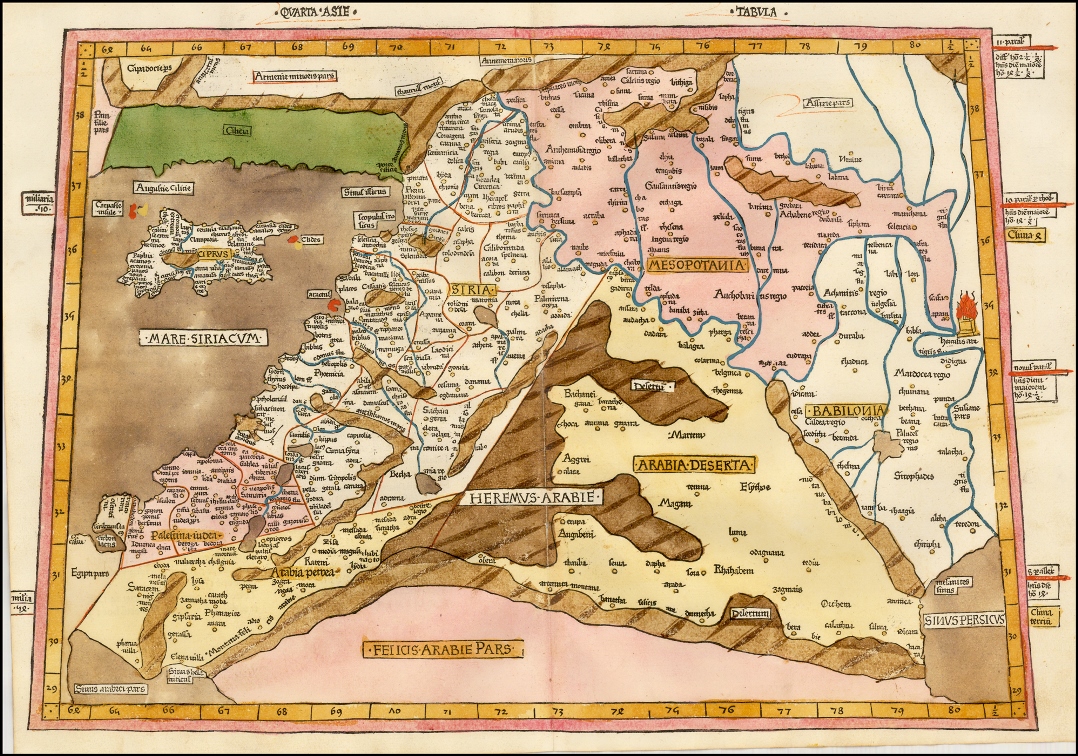
Johann Reger, also known as Johannes Reger and Hannss Reger, was a German publisher and printer.
He is known to have worked in Ulm, where he purchased a printing press where he printed and published a whole series of books. Among these were Ptolemy's Geographia and his successful treatise De locis ac mirabilibus mundi, an encyclopedic description of the inhabited world and the wonders of the earth.

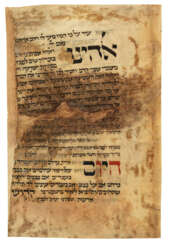

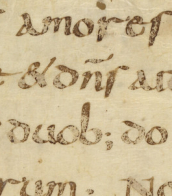
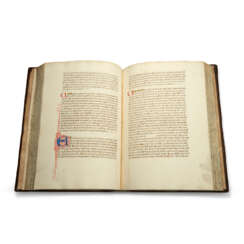

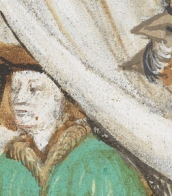
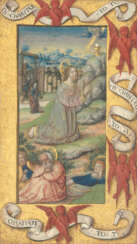

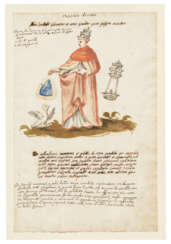

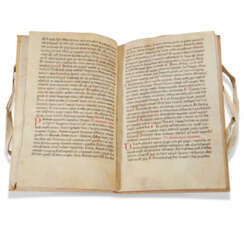

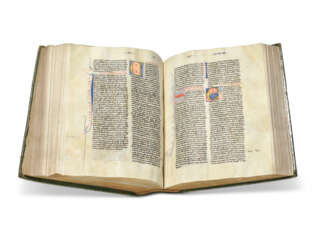


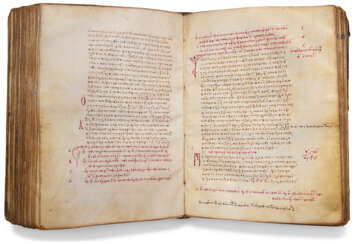

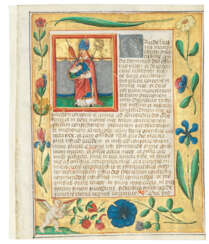

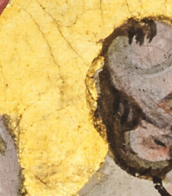
![[Otto F. Ege (1888-1951)]](/assets/image/picture_2585723/ff29f/5eedca4b0d2b36aba0c9229753290d691670972400jpg__fix_374_244.jpeg)
![[Otto F. Ege (1888-1951)]](https://veryimportantlot.com/assets/image/picture_2585723/ff29f/5eedca4b0d2b36aba0c9229753290d691670972400jpg__fix_374_244.jpeg)
![[Otto F. Ege (1888-1951)]](/assets/image/picture_4083987/c76e8/nko7odzdajsuy62q-wvrrqwlu9t7rykevezi3mhmjbteesetvke53knwklvoevk1719839757jpg__fix_374_244.jpeg)
![[Otto F. Ege (1888-1951)]](https://veryimportantlot.com/assets/image/picture_4083987/c76e8/nko7odzdajsuy62q-wvrrqwlu9t7rykevezi3mhmjbteesetvke53knwklvoevk1719839757jpg__fix_374_244.jpeg)
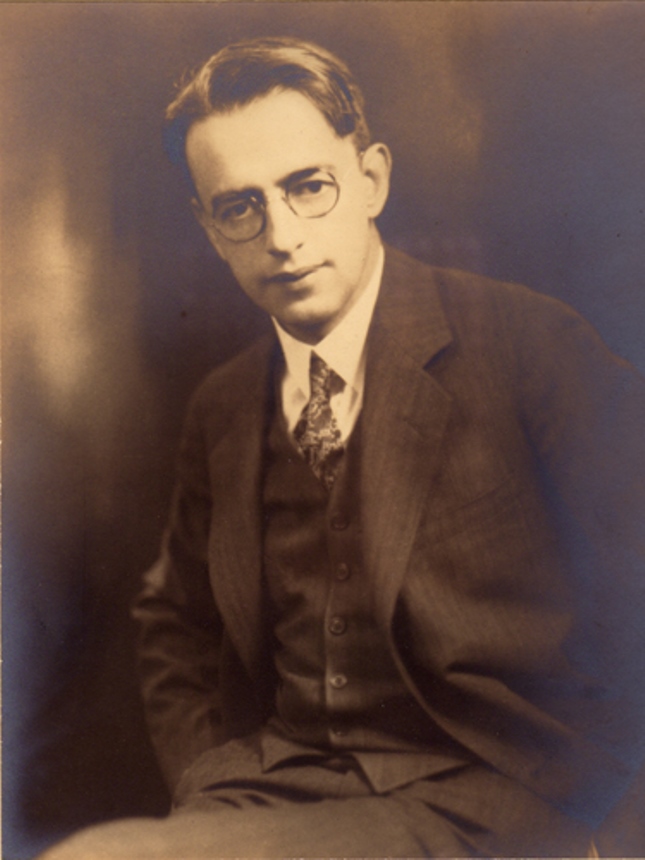
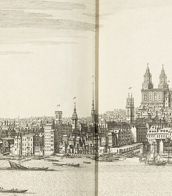
![[Otto F. Ege (1888-1951)]](/assets/image/picture_4361004/50cef/f6fdd7d6cb08b448d829bbf7342315281733871600jpg__fix_374_244.jpeg)
![[Otto F. Ege (1888-1951)]](https://veryimportantlot.com/assets/image/picture_4361004/50cef/f6fdd7d6cb08b448d829bbf7342315281733871600jpg__fix_374_244.jpeg)
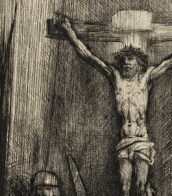
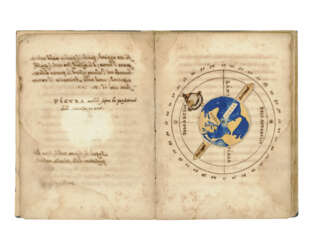



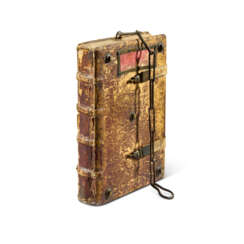

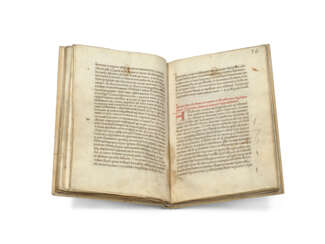

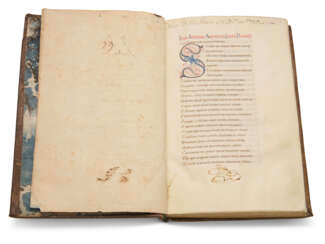

![[ST BERNARD OF CLAIRVAUX, ST AUGUSTINE, GERARD DE FRACHET ET AL.]](/assets/image/picture_2278696/90c90/b00d086a0c91584c0ff62d6a3b3646761657663200jpg__fix_374_244.jpeg)
![[ST BERNARD OF CLAIRVAUX, ST AUGUSTINE, GERARD DE FRACHET ET AL.]](https://veryimportantlot.com/assets/image/picture_2278696/90c90/b00d086a0c91584c0ff62d6a3b3646761657663200jpg__fix_374_244.jpeg)
![FIBONACCI, Leonardo [c.1170-c.1250]; BOETHIUS, Anicius Manlius Severinus [c.480-524], GROSSETESTE, Robert [1175-1253]; [DE PULCHRO RIVO, Johannes, attrib.]](/assets/image/picture_2279440/69ac3/5672d49f6fe2176fe5b0465502ca1a9b1657663200jpg__fix_374_244.jpeg)
![FIBONACCI, Leonardo [c.1170-c.1250]; BOETHIUS, Anicius Manlius Severinus [c.480-524], GROSSETESTE, Robert [1175-1253]; [DE PULCHRO RIVO, Johannes, attrib.]](https://veryimportantlot.com/assets/image/picture_2279440/69ac3/5672d49f6fe2176fe5b0465502ca1a9b1657663200jpg__fix_374_244.jpeg)
